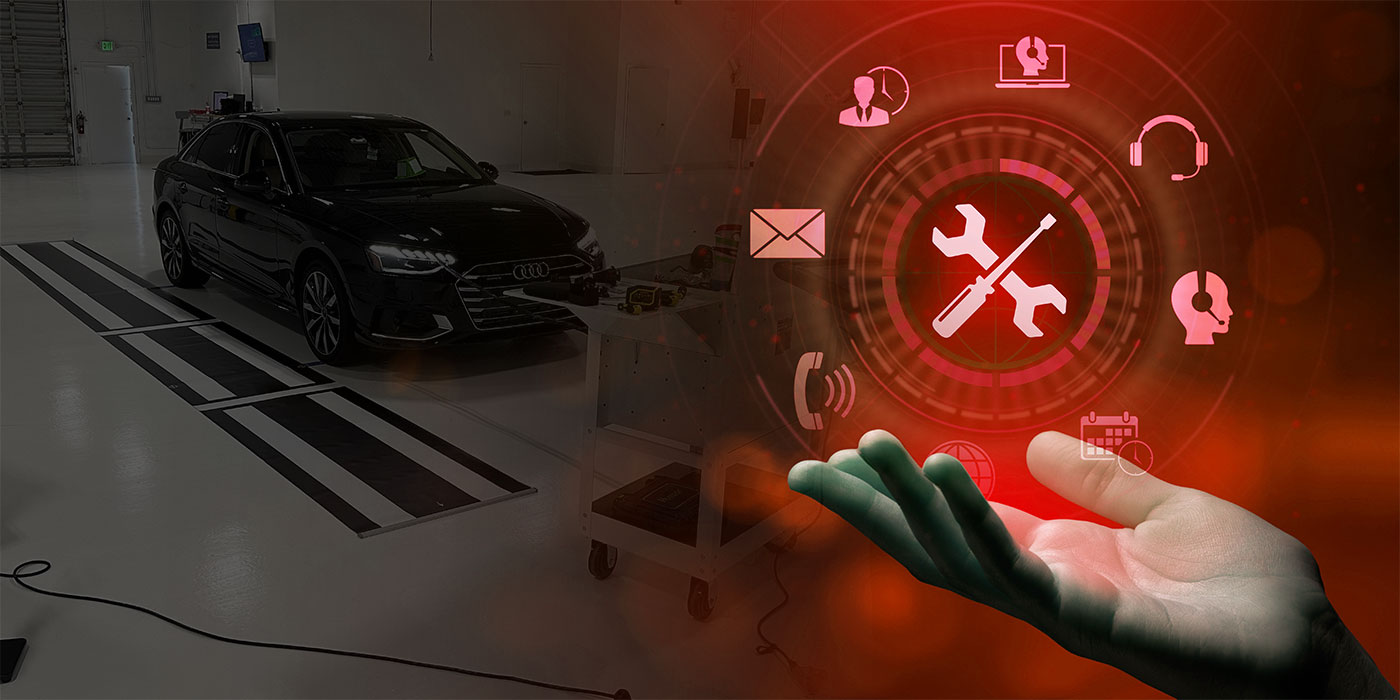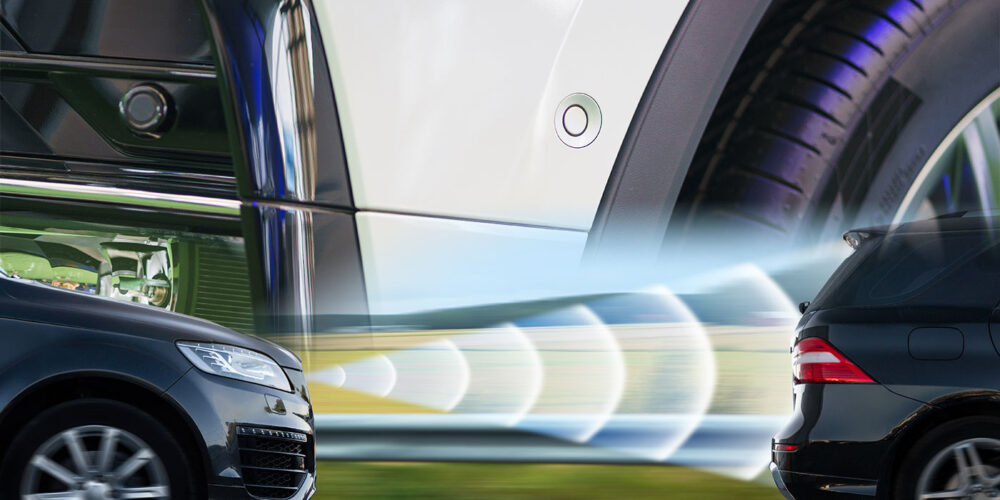The “industry standard” is rapidly becoming the “industry substandard.” What happens when a shop repairs a vehicle the correct way, the way the OEM requires? It’s penalized financially for investing in the proper training and equipment necessary to do such a repair.
Our entire industry’s labor rates and accepted practices are being determined by the repair facilities that have the least amount of money invested in equipment and training. This is why we need to clarify that the industry’s standard should be defined as whatever it takes to repair the vehicle correctly – according to something measurable.
What Is a Proper Repair?
The question is, what determines a proper repair? And what and who should set the industry standard? I-CAR is a good starting point. Add in the OEM collision requirements and we’ll be able to prove that we are definitely not measuring up to their requirements.
If the proper repair disappears and this substandard repair continues to be called the industry’s standard, what will happen in the future when the vehicles themselves will demand to be repaired properly according to the much higher standard? Will insurers be forced to total more vehicles, or do they think they’ll be able to revive the higher standard repair only when needed? While cost is important, I believe it shouldn’t be the only determining factor in a repair. We need to adjust this so-called industry standard to what’s right. Safety and diminished value need to be considered with every repair.
Either the vehicle is repaired correctly or it isn’t. Will we be telling our techs which cars to hack out and which ones to repair the correct way? I don’t think so – that would lead them to form bad habits, and most would soon forget what it feels like to take pride in their work.
Duping Consumers
I understand insurers’ concerns about timelines and mitigating the cost, but repair standards rarely come into the picture. A happy customer who turns in a good customer satisfaction index (CSI) report doesn’t mean that she got the repair she deserved. I’m positive that many customers leave a lot of shops happy believing that they received a high-quality repair when, in fact, they got far less than they deserved.
Many happy customers are being misled into believing that, “This is as good as it gets,” or, “You have to take it or leave it.” Many repair shops and insurers are to blame. I believe this is wrong and dishonest. Now that I think about it, acting like everything is OK as long as we don’t get caught has a criminal ring to it. This is America and we have a responsibility to one another, and I believe that fair and equitable business practices are part of each individual’s responsibility (not to mention, the law). Let’s quit passing the buck and step up and tell the truth about collision repair.
I don’t believe it’s right for shops or insurers to tell unsuspecting consumers that they’ll return their vehicle to pre-accident condition when, in fact, a portion of the repair has been compromised.
Isn’t it time we all tell the truth? Whose accepted practices are they talking about? Not mine. What about yours?
Writer Lee Amaradio Jr. is the president and founder of Faith Quality Auto Body Inc. in Murrieta, Calif. His 32,000-square-foot state-of-the-art facility employs 65 full-time employees and does $7 million in gross sales. In business since 1979, Lee attributes his success to having a great team of quality people supporting him. Lee says that he “sees the handwriting on the wall” and believes that “now is the time for us to reclaim our industry, before it’s too late.” He can be reached at [email protected].













